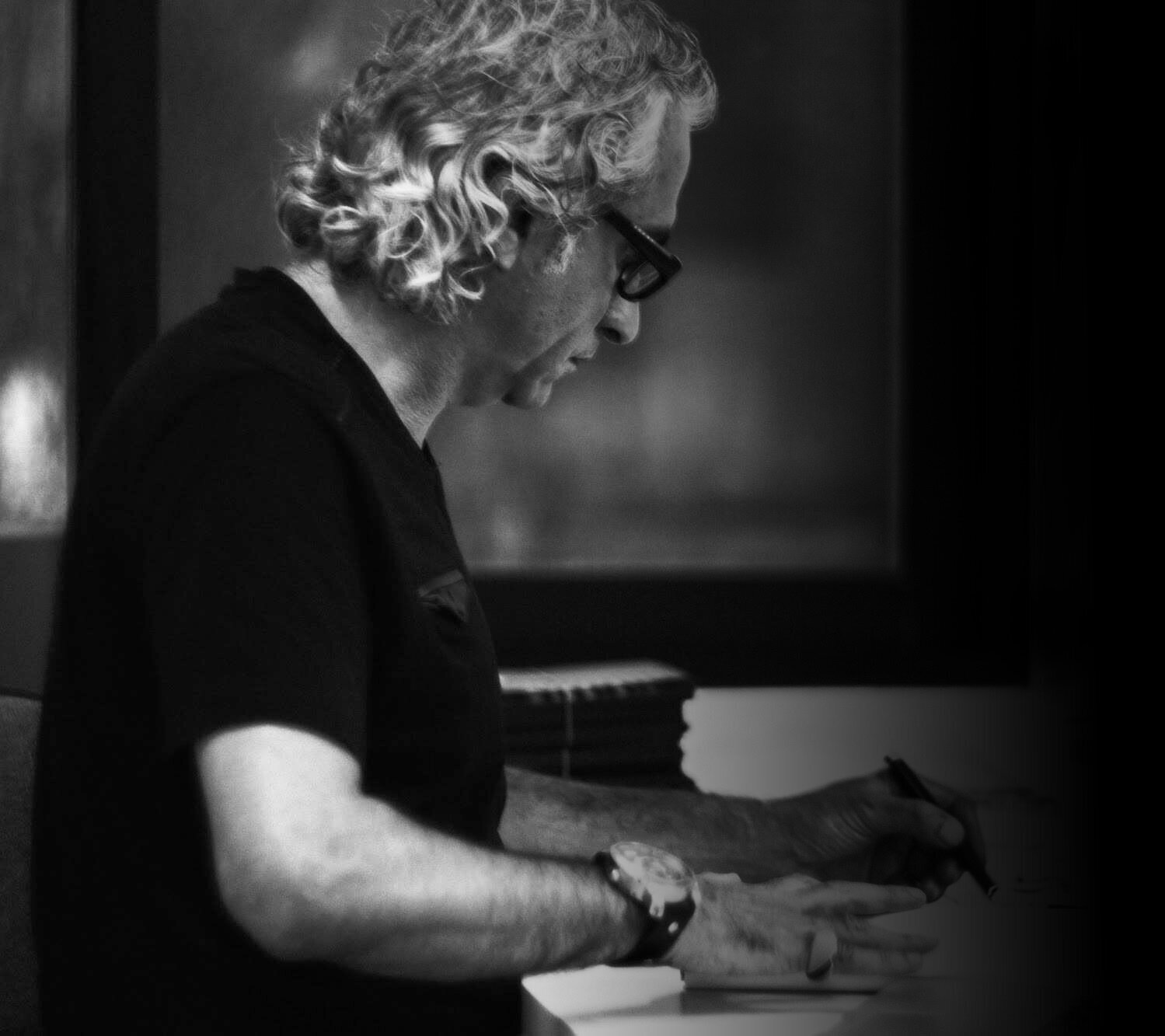
My Architectural Narrative
"Nature's great book is written in mathematics" Galileo Galilei
Ever since I studied architecture, I have experienced a tension between two divergent drives pulling me in two opposite directions. The first drive was my attempt to connect with the traditional form of architectural education that was based on Vitruvius principles of firmitas (form), utility's (function), and venustas (beauty), while the second drive was my inherent love of science, mathematics and natural systems. I have always been fascinated by the complex form of order exhibited in natural formations. I learned to appreciate beauty not simply as a characteristic of forms, but I came to love the underlying algorithmic formula behind their generation. Traditional architecture, with its straight lines and orthogonal forms, felt like a deviation from the form of beauty I enjoy in natural formations. This tension between the norms of the profession and my fascination with the natural world caused me an internal struggle for years. It was not until architecture started to connect with other domains of knowledge such as computation, nature's complexity, science, and mathematics that my connection with architecture and design started to claim a new identity. The word venustas (beauty) started to acquire a new meaning in my head. I started to think that perhaps by venustas, Vetruvuis was actually referring to the beauty of the natural world; that architecture needs to delight us as much as the natural world. Reaching this realisation was an awakening point that suddenly started to connect the drives of my curious mind in a whole new way. Ever since, my connection with architecture and design shifted towards developing an ecological vision for architecture, a vision connecting architecture to a much bigger context: the natural world.

Visionary Architect
“You never change things by fighting the existing reality. To change something, build a new model that makes the existing model obsolete.” Buckminster Fuller
My curiosity to explore new territories of design thinking drove me to diverse places over the years. In my design thinking, I have always resisted following the conservative, traditional, and know-how methods that dominate the profession and academia. Instead, I look for new design possibilities facilitated by integrating big data, new materials, and algorithmic processes. These processes moved the design process from simply imaging an end result of a form into dealing with data and information to inform the process. I found this to be more inclusive and thorough than the reductive process of imagining an end form.

The basis of the universe isn't matter or energy- it is data (James Gleick, WIRED)
For me, design is an analogy for life: a balance of risk and control, knowing when to go with the flow, knowing when to stop. I design to feel more connection with the natural world and to embrace the challenges in life along with the light. With data and algorithms, design becomes an interdisciplinary activity where ideas become scalable from one discipline to another. Sometimes the same algorithm originally created for a building facade, or an urban plaza, can be used to create a piece of jewellery or fashion. This approach extends design possibilities across different disciplines. Digital fabrication further facilitates such possibilities.

Algorithimc-Design Researcher
"An algorithm is not only a computer implementation, a series of lines of code in a program, or a language, it is also a theoretical construct with deep philosophical, social, design and artistic repercussions." (Terzides, 2006)
From social media apps to self-driving cars, algorithms are reshaping our lives and defining our new culture. They are embedded in every formation of the natural world. Thinking of design as a data-based algorithmic process has reshaped my process and opened up many possibilities to explore new typologies of forms and space. To think of design in an algorithmic way is to reverse the design process from a top-down system wherein the architect's subjectivity and biases decide on a form that meets the project's requirements. In the algorithmic way, the form emerges from the negotiation of certain parameters defined by the architect.

Futuristic Educator
As a progressive educator, my teaching is directed toward preparing the students for the future of the profession. I believe educators play a pivotal role in imparting knowledge about future-oriented processes, techniques, and systems rather than of the past. It is our responsibility to raise students' awareness about emerging issues and environmental responsibilities. With the emergence of AI and advanced computational systems, the design process is undergoing a transformation, shifting from traditional modernist paradigms to sophisticated algorithmic systems that leverage BIG DATA to inform the design process comprehensively. Additionally, the use of advanced simulations enables architects to assess building performance and navigate the interplay between aesthetics and functionality more effectively.




